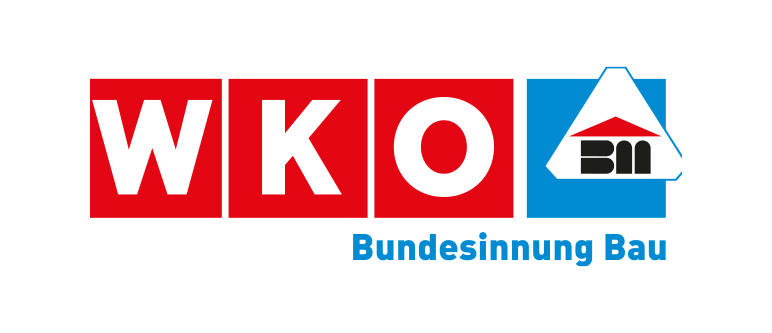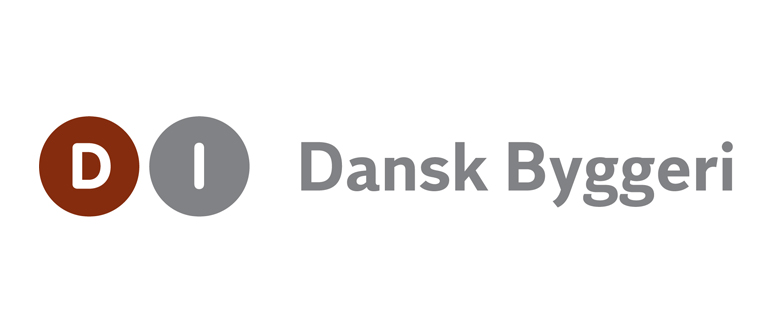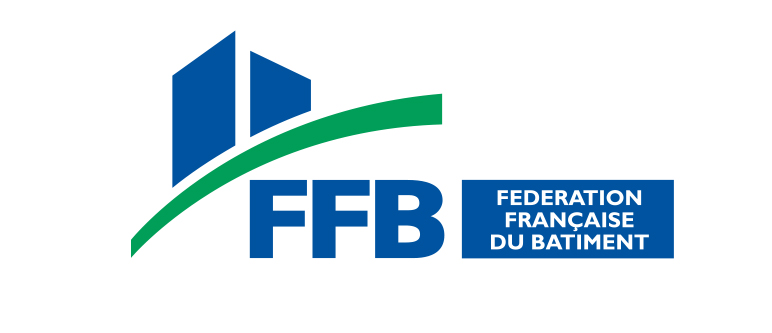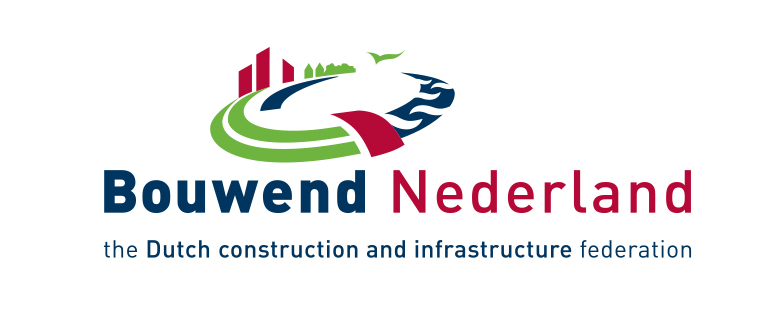Overall construction activity
In 2020, construction activity in France has experienced a historical collapse of 14.6% (in volume) due to the Covid-19 crisis which strongly affected all segments. For 2021, thanks to a base effect, production is expected to rise by 9.8%. Despite this positive trend, activity will not reach the pre-crisis level. Housebuilding may experience the strongest increase (12.2%), with public works coming after (5%).
Thanks to short-time working, employment in construction was resilient in 2020. Actually, the sector has created 26,000 jobs. With an expected loss of 40,000 jobs in 2021, the impact of the crisis on employment in the construction sector will be more visible.
Housebuilding
In 2020, production in housebuilding declined by 22.3%, mainly due to the first lockdown in spring. Housing starts fell to 375,000 units, which represents a decrease of 8.2% compared to 2019. Notwithstanding this significant decline, housing starts remained 14,000 units above their long-term average (361,000). Due to the impact of the containment measures, the postponement of the second round of municipal elections, the uncertainty provoked by the crisis and the recommendations from banking regulators, building permits fell by 14.9%.
In 2021, because of a base effect, the housebuilding activity is expected to increase by 14.6%, but will remain 10.9% below the pre-crisis level. In fact, the macroeconomic environment deteriorated and restrictions on credits may contribute negatively to the general trend. Thus, housing permits are expected to fall by 9.1% and, as a result, housing starts may drop by 12.6% and reach 328,000 units.
After a decline of 7.1% in 2020, the housing rehabilitation and maintenance market is forecasted to bounce back with an increase of 10.5% in 2021. This is mainly due to the French recovery plan, which will bring energy renovations to a growth rate of 12.9%.
GDP 2020
BILLION
POPULATION 2020
Total investment in construction in 2020
BILLION
Non-residential construction
In 2020, activity in this segment collapsed by 22.8%. All market segments contributed to this movement, albeit with strong disparities. Retail stores (-28.4%) fell almost twice as fast as industrial buildings (-15.5%). The latter was more resilient thanks to the warehouses sub-market boosted by the e-commerce expansion. The non-residential surfaces started (excluding agricultural buildings) fell by 15.3% and reached 18.1 million m² of floor areas. Besides, authorized surfaces have dropped by 19.7%.
For 2021, activity is forecasted to rise by 11.6%, but the level of production is expected to remain 13.8% below 2019’s record level. All segments will be part of this trend. However, business and administrative buildings are expected to experience a smaller growth than the other segments, at rates of 4.9% and 5.3% respectively.
Non-residential rehabilitation and maintenance shrank by 11.1% in 2020. Thanks to €2.5 billion foreseen for the support of non-residential buildings’ energy renovations in 2021, companies are expected to prioritise subsidised rehabilitation works over other expenses. As a result, energy renovation will contribute to the non-residential rehabilitation and maintenance market’s growth by 8.7%.
Civil engineering
Like all economic sectors, the public works sector in France was harshly affected by the health crisis. Therefore, a decrease of 13% in activity (in real terms) is expected for 2020. Local authorities’ orders, representing around 50% of the activity, dropped by about 30% in 2020 compared to 2019. Forecasts remain pessimistic with regard to the first quarter of 2021.
Even if many infrastructure projects will keep on creating opportunities (Greater Paris project, very high-speed broadband plan etc.), global activity will not return to pre-crisis levels. Currently, two scenarios are possible: In the best case, which is a recovery scenario boosted by public expenditures and an improved health situation, the activity would grow by 8% compared to 2020 (still a decrease of 6.5% compared to 2019). In the worst case, which is a latent health crisis, the activity would only grow by 2% compared to 2020 (a decrease of 11% compared to 2019).
Regarding overseas activity, exports amounted to €34 billion in 2019 and represent 44% of the overall civil engineering turnover. French public work exports have more than doubled in 15 years. Although Europe remains the main export market (48.5% of total exports), French companies are increasingly targeting new markets (Oceania, Asia, Middle East…).
| Per cent variation of production in real terms on previous year | |||||||
| production Mln. € fixed prices | |||||||
| Sectors | 2020a | 2017 | 2018 | 2019 | 2020a | 2021b | |
| 1. | Building | 132,130 | 4.6 | 1.5 | 1.4 | -15.1 | 11.3 |
| 1.1. Housebuilding | 78,574 | 6.1 | 0.9 | 0.5 | -14.2 | 12.2 | |
| 1.1.1. New | 36,770 | 11.2 | 1.5 | 0.9 | -22.3 | 14.6 | |
| 1.1.2. Renovation | 41,804 | 2.0 | 0.4 | 0.2 | -7.1 | 10.5 | |
| 1.2. Non residential (c) | 53,556 | 2.4 | 2.5 | 2.7 | -16.3 | 9.9 | |
| 1.2.1. Private | 29,532 | 3.9 | 2.3 | 3.9 | -16.4 | 11.4 | |
| 1.2.2. Public | 24,024 | 0.7 | 2.6 | 1.2 | -16.1 | 8.0 | |
| 2. | Civil Engineering | 39,832 | 4.4 | 7.0 | 2.3 | -13.0 | 5.0 |
| (1 + 2) | Total Construction | 171,962 | 4.6 | 2.7 | 1.6 | -14.6 | 9.8 |
| a: estimate - b: forecast - c: incl. R&M | |||||||
| Number of building permits in residential construction | |||||||
| 2017 | 2018 | 2019 | 2020a | 2021b | |||
| single dwelling | 211,578 | 195,519 | 198,298 | 178,399 | 168,861 | ||
| collective dwelling | 281,222 | 265,181 | 248,302 | 201,801 | 176,693 | ||
| other types of dwelling | N/A | N/A | N/A | N/A | N/A | ||
| Total | 492,800 | 460,700 | 446,600 | 380,200 | 345,554 | ||
| (Collective dwellings and other types of buildings: in number of flats) | |||||||



































